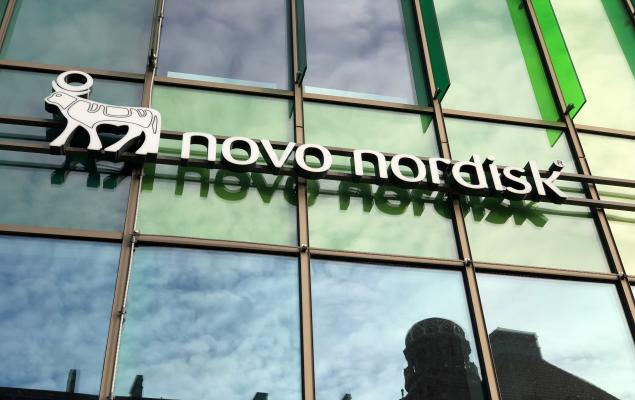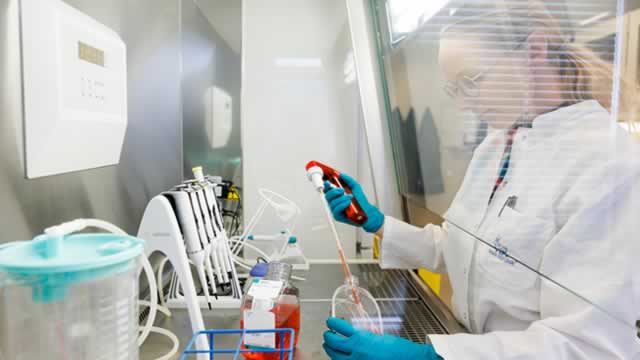
NVO
Novo Nordisk A/S
$49.46
0.75
(1.54%)
| Exchange: | |
| Market Cap: | 219.852B |
| Shares Outstanding: | 5.022B |
About The Company
| Sector: | Healthcare | |||||
| Industry: | Drug Manufacturers – General | |||||
| CEO: | Maziar Mike Doustdar | |||||
| Full Time Employees: | 77406 | |||||
| Address: |
|
|||||
| Website: | https://www.novonordisk.com |
Novo Nordisk A/S, together with its subsidiaries, engages in the research and development, manufacture, and distribution of pharmaceutical products in Europe, the Middle East, Africa, Mainland China, Hong Kong, Taiwan, North America, and internationally. It operates in two segments, Diabetes and Obesity Care, and Rare Disease. The Diabetes and Obesity care segment provides products for diabetes, obesity, cardiovascular, and other emerging therapy areas. The Rare Disease segment offers products in the areas of rare blood disorders, rare endocrine disorders, and hormone replacement therapy. The company also provides insulin pens, growth hormone pens, and injection needles. In addition, it offers smart solutions for diabetes treatment, such as smart insulin pens and Dose Check, an insulin dose guidance application. The company has a collaboration agreement with UNICEF to tackle childhood obesity; and with Valo Health, Inc. to discover and develop novel drug programmes for cardiometabolic space. Novo Nordisk A/S was founded in 1923 and is headquartered in Bagsvaerd, Denmark.
Click to read more…
Revenue Segmentation
EPS
Earnings Call
Income Statement
(* All numbers are in thousands)
Balance Sheet
(* All numbers are in thousands)
Cash Flow Statement
(* All numbers are in thousands)
Analyst Estimates
(* All numbers are in thousands)







